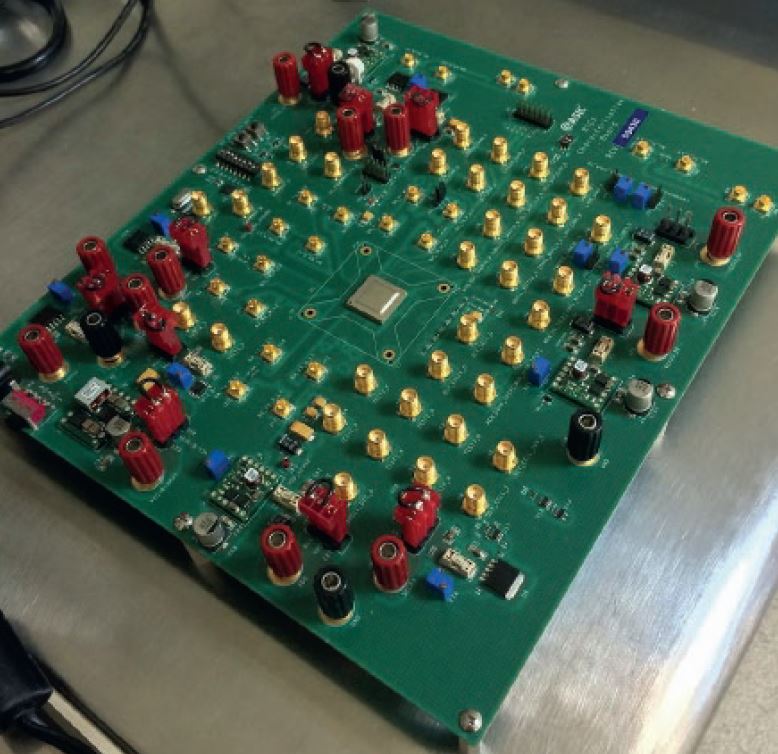

Composites Simulation Engineer Essentials.Buckling, Postbuckling and Collapse Analysis with Abaqus.Automotive Powertrain Assembly Analysis with Abaqus.Analysis of Geotechnical Problems with Abaqus.Analysis of Composite Materials with Abaqus.Additive Manufacturing Scenario Essentials.Abaqus/CAE: Geometry Import and Meshing.Introduction to Abaqus/Standard and Abaqus/Explicit.In an oral assessment, every student shall be able to present and answer questions about the entire assignment and solution.In any assessment, every student shall honestly disclose any help received and sources used.All members of a group are responsible for the group's work.No information inserted Opportunity to raise an approved grade via renewed examination Opportunity to complete the requirements via supplementary examination The examiner may apply another examination format when re-examining individual students.
#CST MICROWAVE STUDIO SOFTWARE HOW TO#
Grading scaleīased on recommendation from KTH’s coordinator for disabilities, the examiner will decide how to adapt an examination for students with documented disability. If the course is discontinued, students may request to be examined during the following two academic years. describe the concepts of directivity, antenna gain and beamwidth.explain the concepts of radiation pattern and radiation resistance.calculate the radiation field from antenna arrays without coupling between the elements.calculate the radiation field from straight wire antennas with given current distributions.distinguish between near-field and far-field properties.determine resonance frequencies and losses in cavity resonators.analyze mode decomposition in rectangular and circular hollow waveguides, and in planar dielectric waveguides.use the Smith chart for solving matching problems.explain the basic concepts of transmission lines and calculate currents and voltages along a transmission line.analyze refraction and interference of electromagnetic waves by reflection from interfaces.analyze the polarization state of an electromagnetic wave.use their ability to manage the electromagnetic laws to, in simple situations, set up a computational model and perform the necessary calculations: select appropriate methods make appropriate approximations plausibility assess the results.use their conceptual understanding of the electromagnetic laws in order to qualitatively describe the behavior of the solution to the problem.basics of antenna arrays and wire antennas radiation pattern radiation resistance antenna demonstrationĪfter the course the student shall from a description of a situation that leads to an electromagnetic field problems be able to.fields from general source distributions.rectangular and circular waveguides dielectric waveguides cavity resonators.transmission line theory: distributed parameters, characteristic impedance matching Smith chart.plane waves: reflection and transmission at oblique incidence critical angle Brewsterangle.Content and learning outcomes Course contents


 0 kommentar(er)
0 kommentar(er)
